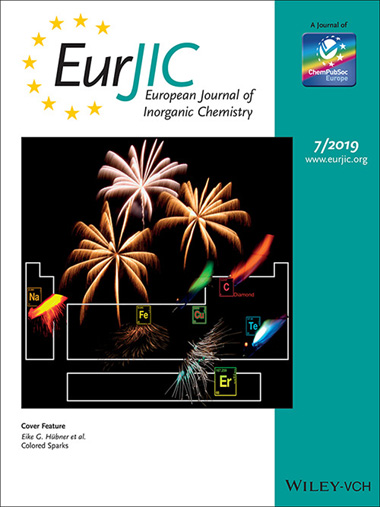Experimental lectures are held regularly, primarily on the chemistry of pyrotechnics. In addition to the fascination of chemistry and pyrotechnics, the basic chemical processes of fireworks are demonstrated and the question of the chemistry of fireworks is explored.
Video recording of the experimental lecture "How do fireworks work?":
New knowledge in the field of pyrotechnics is gained as part of research projects. The focus here is on the representation of colored sparks and the analysis of pyrotechnic compositions. In this context, scientifically substantiated fiber optic measurements were used to discover color-changing sparks for the first time in the world and to explain the cause of the color change.
Building on this discovery, alloys of rare earths and other metals such as iron, copper and zinc were specifically investigated , resulting in sparks with long, intensely colored phases. In addition to the color, the usually desirable and characteristic-looking "bursting" of sparks can also be controlled. As the alloys produced are also comparatively stable and non-toxic, the foundations have been laid for practical implementation.

ACS Omega 2022, 7, 28408 - 28420: Customizing the Appearance of Sparks with Binary Metal Alloys
Nachr. Chem. 2020, 68, 76 - 79: Fire, sparks, colors: Rare earth metals in fireworks
Z. Anorg. Allg. Chem. 2020, 646, 37 - 46: Color-Changing Sparks from Rare Earth Metal Powders
Eur. J. Inorg. Chem.2019, Issue 7, 928 - 937: Colored Sparks
J. Pyrotech.2017, Issue 35, 9 - 14: Protocol for the full quantitative analysis of flash compositions
Further information: www.FEUERWERK.net

